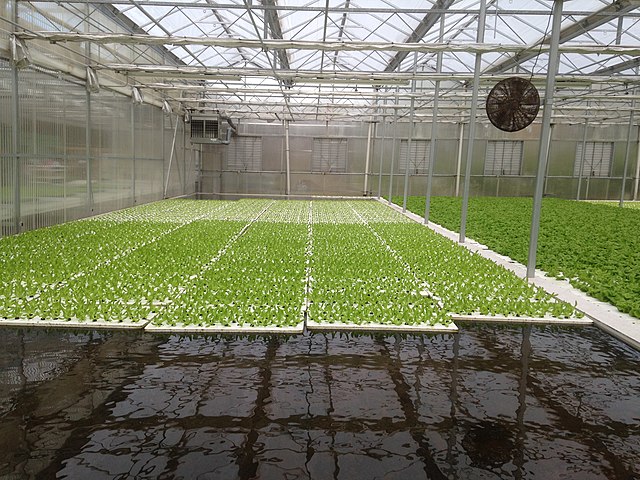Limited space should never be a deterrent for cultivating your fresh produce. Vertical hydroponics is a groundbreaking solution that enables efficient and space-saving gardening, perfect for small areas such as balconies, patios, or even indoor environments. In this blog post, we’ll explore the concept of vertical hydroponics, its advantages, and practical tips for setting up a thriving vertical garden in constrained spaces.
1. Understanding Vertical Hydroponics
Vertical hydroponics is a cultivation method that leverages vertical space to grow plants in stacked layers. Instead of traditional horizontal planting, this approach allows you to build upwards, making it an ideal solution for small or limited spaces. This method can be adapted to various hydroponic systems, including nutrient film technique (NFT), aeroponics, or vertical towers.
2. Advantages of Vertical Hydroponics
a. Space Efficiency: The most significant advantage is the ability to maximize space. Vertical hydroponics enables the cultivation of a larger number of plants in a smaller footprint, making it suitable for urban environments or areas with limited land.
b. Increased Yield: By utilizing vertical space, you can grow more plants, increasing overall crop yield. This is particularly beneficial for those looking to harvest a significant amount of produce in a confined area.
c. Water Efficiency: Hydroponic systems inherently use less water compared to traditional soil-based gardening. Vertical hydroponics, with its controlled environment, allows for efficient water use, minimizing waste.
d. Optimal Nutrient Delivery: Plants in vertical hydroponic systems receive precise nutrient delivery. This targeted approach ensures that each plant gets the necessary nutrients for optimal growth, leading to healthier and more productive crops.

3. Practical Tips for Setting Up Vertical Hydroponics
a. Choose the Right System: Depending on your space and preferences, select a vertical hydroponic system that suits your needs. Options include vertical towers, hanging gardens, or even wall-mounted systems.
b. Lighting Considerations: Adequate lighting is crucial for vertical hydroponics, especially when growing indoors. LED grow lights or natural sunlight exposure should be optimized to ensure plants receive the necessary light for photosynthesis.
c. Plant Selection: Choose plants that are well-suited for vertical growth. Leafy greens, herbs, strawberries, and small fruiting plants are excellent choices for vertical hydroponics. Consider the specific requirements of each plant when planning your vertical garden.
d. Water and Nutrient Management: Implement a reliable water and nutrient management system. Monitor nutrient levels regularly, and ensure that your hydroponic system maintains the appropriate pH and electrical conductivity (EC) levels for optimal plant growth.
e. Vertical Support Structures: Invest in sturdy support structures for your vertical garden. Ensure that the system can bear the weight of plants, growing medium, and nutrient solutions. Vertical towers or trellises are popular choices for providing support.
f. Regular Maintenance: Keep your vertical hydroponic system well-maintained. Check for clogs, monitor water levels, and inspect plant health regularly. Promptly address any issues to prevent potential disruptions to the growing environment.
Vertical hydroponics is a game-changer for individuals with limited gardening space. Whether you’re an urban dweller, balcony gardener, or simply looking to make the most of a small area, vertical hydroponics offers a creative and efficient solution when you read more here. By carefully planning your vertical garden, selecting the right plants, and implementing proper maintenance practices, you can enjoy a thriving and space-saving hydroponic oasis. Embrace the vertical gardening trend and transform your small space into a lush and productive haven. Happy vertical gardening!










